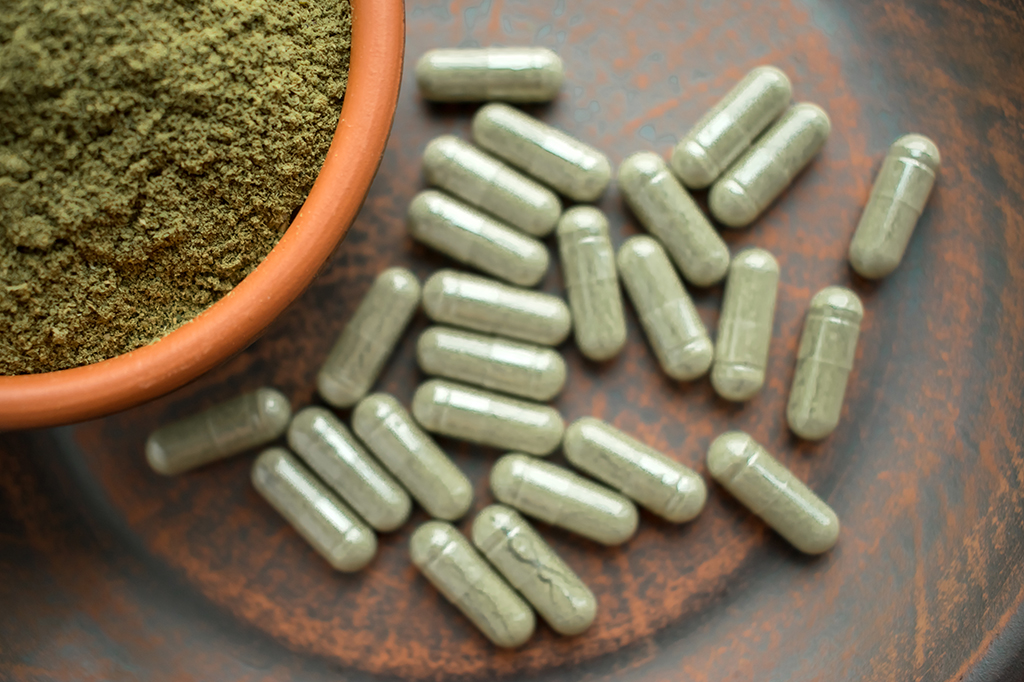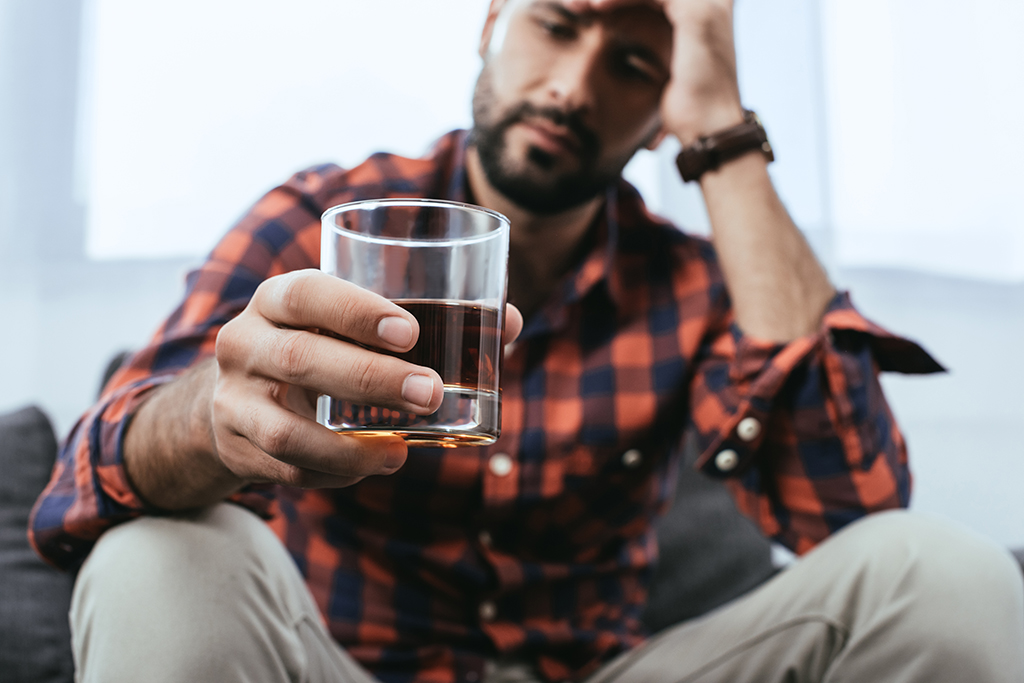Employers are increasingly using hair tests rather than urine tests to screen for drug use. Here's what to know about how they work, and what to expect.
Table Of Contents
- What is the hair follicle test?
- How does the test work?
- How accurate is hair follicle testing?
- How long do drugs stay in your hair?
- What drugs can be tested?
- How is hair testing different from urine testing?
- What is the difference between hair testing and hair follicle testing?
- What if you have a shaved head?
- What if hair is dyed or chemically treated?
- Does the hair follicle test reveal one-time use?
What is the hair follicle test?
A hair follicle test is a method for determining whether a person has recently used illicit drugs — or in some cases, misused prescription drugs. It involves cutting approximately 100 strands of hair as close to the scalp as possible, then testing for markers associated with a particular substance.
How does the test work?
First, the tester cuts the collected strands to about one-and-a-half inches, measured from the end closest to the scalp. The strands are then packaged and sent to a lab for analysis.
To ensure greater accuracy, the test involves a two-step process. First, technicians use an enzyme-linked immunosorbent assay (ELISA) test, a rapid screening method designed to identify proteins of a chosen drug. If the result is negative, no further testing is required. A positive result prompts a second, more sophisticated test, called a gas chromatography-mass spectrometry (GC-MS). A GC-MS test works by heating the sample to identify its components at a molecular level.
How accurate is hair follicle testing?
Hair follicle tests are accurate enough to satisfy private employers, but many factors can interfere with the result of a test.
Sometimes, the structure of the drug compounds is difficult to identify. Sometimes, the hair type can affect results. For example, drug compounds often bind more easily to melanin, the hormone that darkens hair. This leads to more positive results for people with dark hair than light hair. Bleached, dyed or otherwise damaged hair can also impact a test. Here is a sample of accuracy rates for various drugs, based on a 2015 study comparing test results to self-reported use:
Cocaine: 65.2%
Marijuana: 52.3%
Amphetamines: 24.2%
Opioids: 2.9%
The researchers in this study concluded that hair testing may be useful in moderate-risk cases, in conjunction with self reporting. In the real world, this means that private employers may feel comfortable enough with the accuracy to use hair follicle tests as part of their hiring process, but the government does not recognize them as reliable enough to use for federally regulated programs.
Have questions about your drug use?
Call us at 855-430-9426 to speak with a recovery specialist.
How long do drugs stay in your hair?
It depends. Every month, your hair grows about a half an inch. That means every half inch holds detectable amounts of various substances you ingested during that particular month, including drugs used. In theory, if your hair strands were 12 inches long and the entire strand was tested, a lab could determine if you used drugs during a full two-year period.
What drugs can be tested?
Hair tests can detect a range of substances, with varying degrees of accuracy. These may include:
- Amphetamine (methamphetamine)
- Barbiturates
- Benzodiazepines (Xanax)
- Buprenorphine (Suboxone)
- Cocaine
- Demerol
- Fentanyl
- Ketamine
- Methadone
- Opiates (morphine, codeine, heroin, hydrocodone, oxycodone)
- PCP (angel dust)
- Propoxyphene
- Sufentanil
- THC (marijuana, cannabinoids)
- Tramadol
- Zolpidem (Ambien)
Alcohol use can also be detected by a hair follicle test.
How is hair testing different from urine testing?
The main difference is that hair testing examines a broader time window. With a one-and-a-half-inch strand, it’s possible to determine whether a person used a substance over the course of approximately 90 days.
With urinalysis, rapidly excreted substances – such as cocaine, opiates, and PCP – are only detectable for about 72 hours. Even with THC, which isn’t excreted quickly, a urinalysis can typically only determine if a person used a drug within the past 30 to 45 days. So while urinalysis might be more accurate, the window is much smaller.
What is the difference between hair testing and hair follicle testing?
Technically, hair follicle testing is a misnomer. The hair follicle resides under the scalp, so the hair would have to be pulled out with the root intact to examine the follicle.
Instead, all hair-based tests use cut hairs. Usually, they are cut as close to the scalp (and, subsequently, the follicle) as possible, because the portion closest to the scalp is the youngest. Therefore, it provides insights into any recent drug use.
Have questions about addiction?
Call us at 855-430-9426 to speak with a recovery specialist.
What if you have a shaved head?
A hair drug test does require hair. If a person has a shaved head, body hair can be a reasonable substitute. Leg, underarm, or chest hair can work, as well as beard hair.
If a person has no hair, including body hair, a hair follicle test cannot be conducted.
What if hair is dyed or chemically treated?
Hair dye and typical chemical treatments, such as bleaching or perming, will not affect results so much that a hair follicle test would not proceed. However, the results may skew slightly negative if the hair has been stripped of melanin. The impact is greater on intensely treated hair, such as hair that has been chemically straightened.
Does the hair follicle test reveal one-time use?
Yes. Because the hair follicle test reveals use over a period of time, that includes one-time use.
Have questions about addiction?Chat with one of our recovery specialists now.


